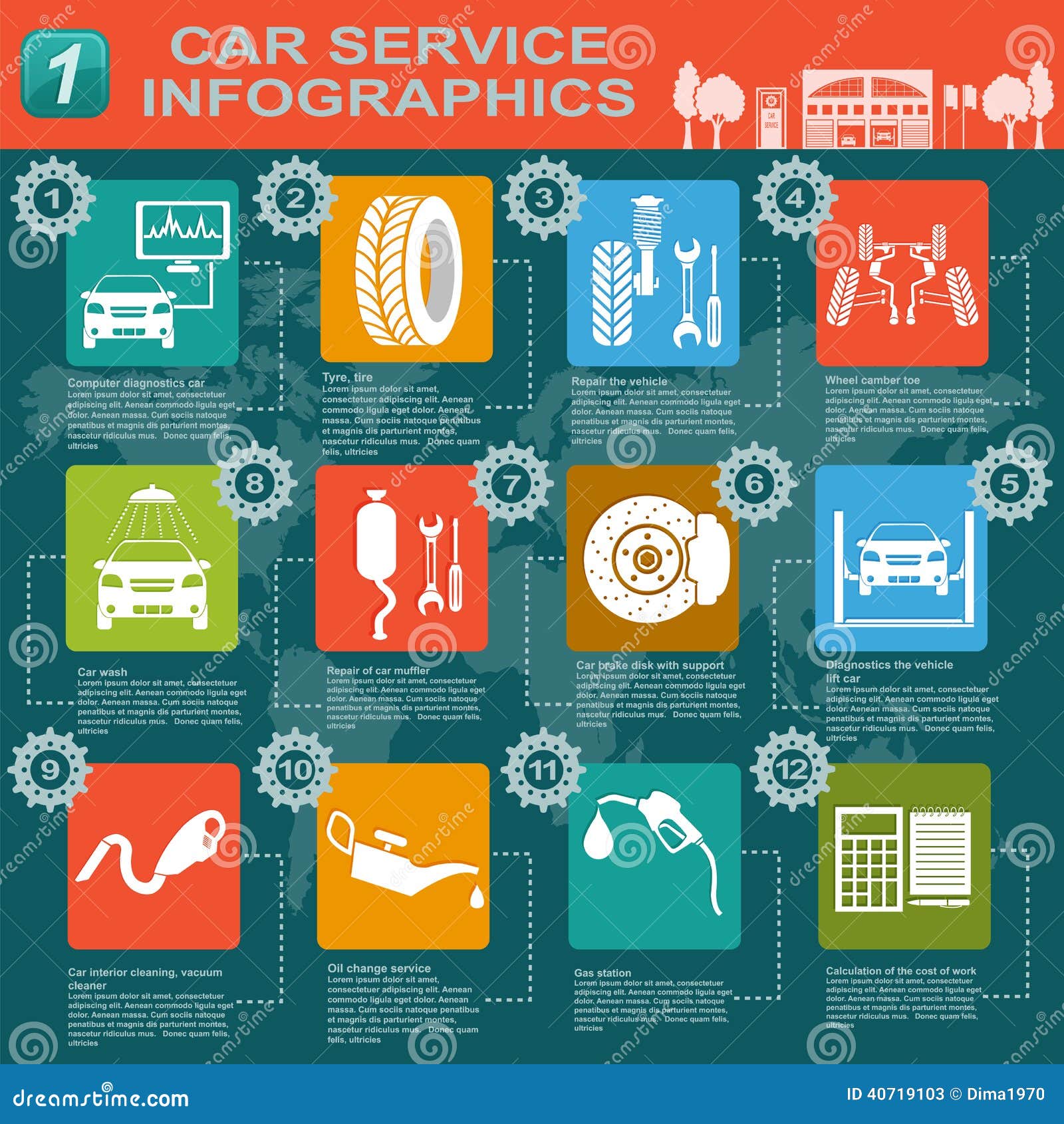Assessing Your Car'S Warning Indicators: What They Truly Share
Assessing Your Car'S Warning Indicators: What They Truly Share
Blog Article
Content Author-Termansen Stark
When you lag the wheel, those radiant warning lights on your dashboard can be a bit perplexing. Do you understand what they're attempting to tell you about your vehicle's health? Recognizing the value of these lights is essential for your safety and the durability of your car. So, the following time one of those lights turns up, wouldn't you intend to decipher its message accurately and take the needed actions to resolve it?
Common Caution Lights and Interpretations
Identify common warning lights in your cars and truck and recognize their meanings to ensure secure driving.
The most common warning lights consist of the check engine light, which signals concerns with the engine or exhausts system. If this light begins, it's crucial to have your car checked promptly.
just click the following page warning light indicates reduced oil stress, needing immediate focus to prevent engine damage.
A flashing battery light may recommend a damaged billing system, potentially leaving you stranded otherwise resolved.
The tire stress tracking system (TPMS) light informs you to low tire stress, influencing automobile security and gas performance. Overlooking this could bring about dangerous driving conditions.
The ABS light suggests a problem with the anti-lock stopping system, compromising your capability to stop swiftly in emergency situations.
Last but not least, the coolant temperature cautioning light warns of engine overheating, which can lead to serious damage otherwise solved swiftly.
Comprehending these typical warning lights will help you address issues promptly and maintain risk-free driving problems.
Value of Prompt Interest
Understanding the typical caution lights in your cars and truck is only the very first step; the importance of promptly attending to these warnings can't be highlighted sufficient to guarantee your safety and security on the road.
When Recommended Resource site brightens on your control panel, it's your car's means of communicating a potential issue that needs attention. Overlooking these cautions can lead to more extreme problems in the future, compromising your security and possibly costing you extra out of commission.
Trigger attention to cautioning lights can protect against failures and crashes. For example, a blinking check engine light could suggest a misfire that, if left neglected, could trigger damage to the catalytic converter. Addressing https://juliuswslgz.answerblogs.com/31395270/discover-the-crucial-steps-to-locating-a-reliable-auto-service-center-that-will-maintain-your-car-in-top-form-your-vehicle-should-have-the-very-best can save you from a costly repair service.
In a similar way, a brake system warning light could signify low brake fluid or used brake pads, crucial parts for your safety when driving.
DIY Troubleshooting Tips
If you discover a warning light on your dashboard, there are a couple of do it yourself fixing pointers you can try prior to seeking specialist help.
The initial step is to consult your vehicle's handbook to comprehend what the specific caution light shows. Often the issue can be as straightforward as a loose gas cap causing the check engine light. Tightening the gas cap may solve the trouble.
An additional usual problem is a reduced battery, which can activate various alerting lights. Checking the battery links for deterioration and ensuring they're secure might repair the problem.
If a warning light lingers, you can attempt resetting it by detaching the cars and truck's battery for a few mins and after that reconnecting it. Furthermore, inspecting your vehicle's liquid levels, such as oil, coolant, and brake liquid, can help fix cautioning lights related to these systems.
Final thought
Finally, comprehending your vehicle's caution lights is vital for maintaining your vehicle running efficiently and securely. By quickly dealing with these signals and understanding what they mean, you can stay clear of pricey fixings and possible malfunctions.
Keep in mind to consult your automobile's manual for certain information on each alerting light and take action accordingly to ensure a hassle-free driving experience.
Keep educated, remain risk-free when traveling!
